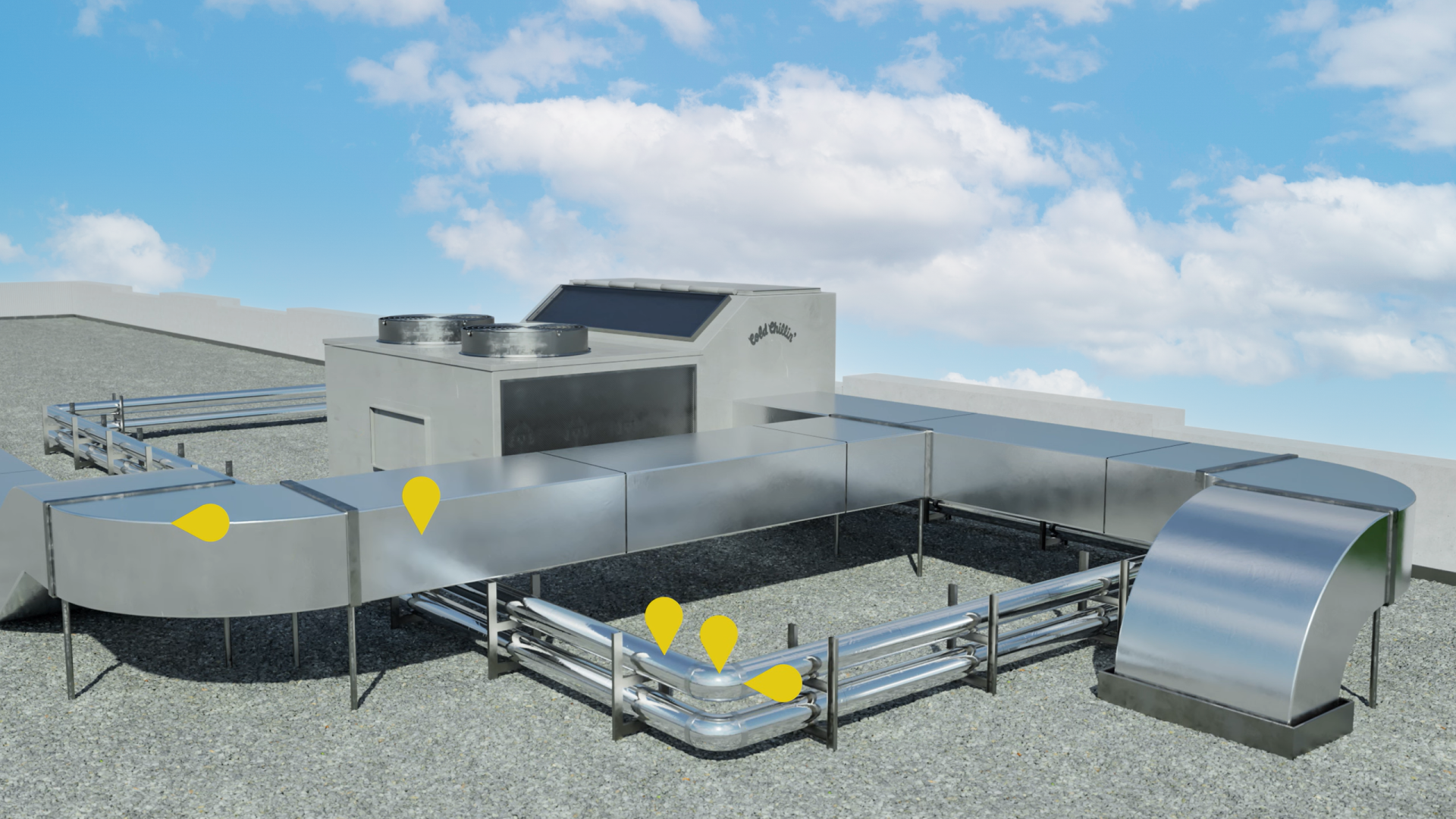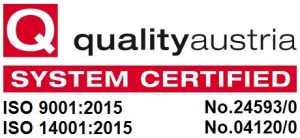Exterior Cladding
Showing all 15 results

Exterior Cladding
Exterior cladding, also known as building siding or external cladding, plays a crucial role in a building’s protection, aesthetic appearance, and energy performance. That’s why exterior cladding is of fundamental importance:
- Environmental Protection: Exterior cladding acts as a protective barrier between the building and external elements like rain, snow, wind, direct sunlight, extreme temperatures, and air pollution. Protecting the building envelope is essential to preserve its structural integrity and prevent moisture and corrosion damage.
- Thermal and Energy Insulation: Proper cladding can significantly improve a building’s energy efficiency. It helps maintain a comfortable indoor temperature by reducing heat loss during winter and preventing excessive heat from entering during summer. This can result in significant long-term energy cost savings.
- Aesthetics: Exterior cladding contributes significantly to a building’s aesthetic appearance. It can be customized with various colors and finishes to meet the owner’s aesthetic preferences and the surrounding architecture. Well-designed cladding can enhance the building’s visual appeal and increase its value.
- Durability: Exterior cladding is designed to withstand wear and aging. By using high-quality materials and proper installation, it can extend the building’s lifespan and require less maintenance over time.
- Weather Resistance: Exterior cladding is designed to withstand adverse weather conditions. This includes the ability to resist heavy rains, snow, hail, strong winds, and intense sunlight without suffering significant damage or fading over time.
- Low Maintenance: Good exterior cladding generally requires less maintenance compared to unclad walls or materials that deteriorate rapidly. This can translate to time and cost savings for the owner.
- Regulatory Compliance: In many cases, exterior cladding must comply with local, state, or federal regulations and standards to ensure the building’s safety and longevity. Proper cladding installation helps meet these regulations.
- Fire and Safety Resistance: Some types of cladding can contribute to fire resistance and building safety by helping contain the spread of fire and providing a safe exit in case of emergencies.
Insulation is present in both interior and exterior environments: TTM offers targeted solutions for every application.
In outdoor applications, various aspects need to be considered, including protection against UV radiation, resistance to weather conditions, moisture, corrosion, and vapor. Temperature fluctuations play a significant role in outdoor projects, as well as the need for simple, fast, and, above all, equipment-free installation methods.
TTM has developed a wide range of cladding solutions with all the necessary features for outdoor applications, suitable for various project types and constructions. Our engineers are constantly researching new material combinations that allow us to be flexible and ensure 100% protection for your insulation.
With self-wrapping or without, self-adhesive or standard… special features for any need.




















